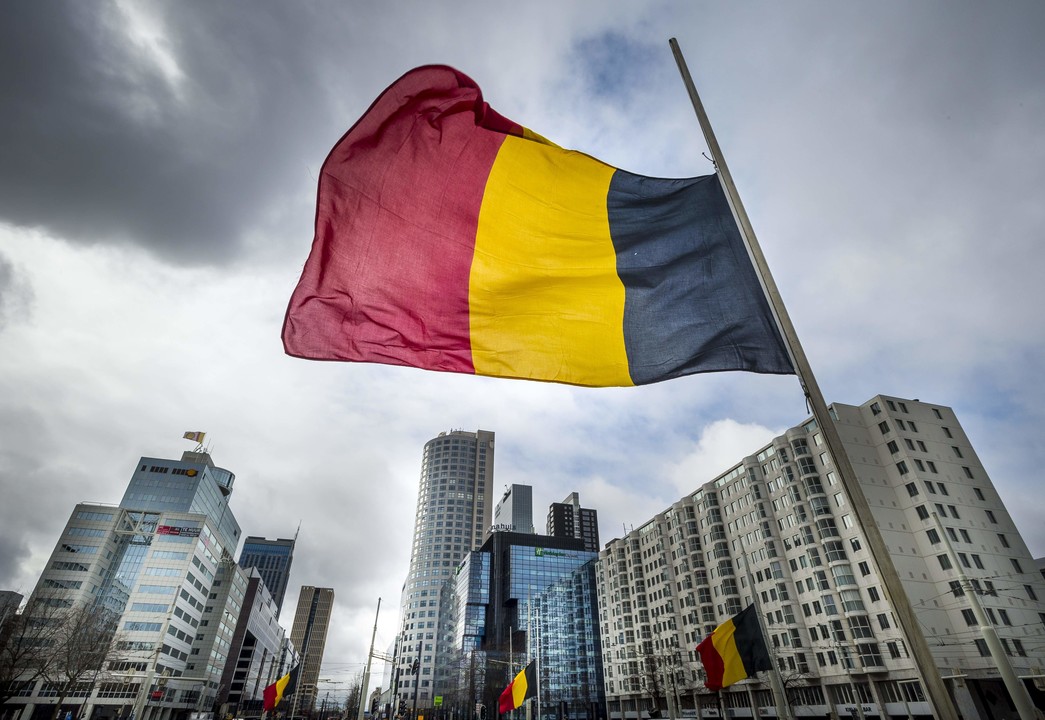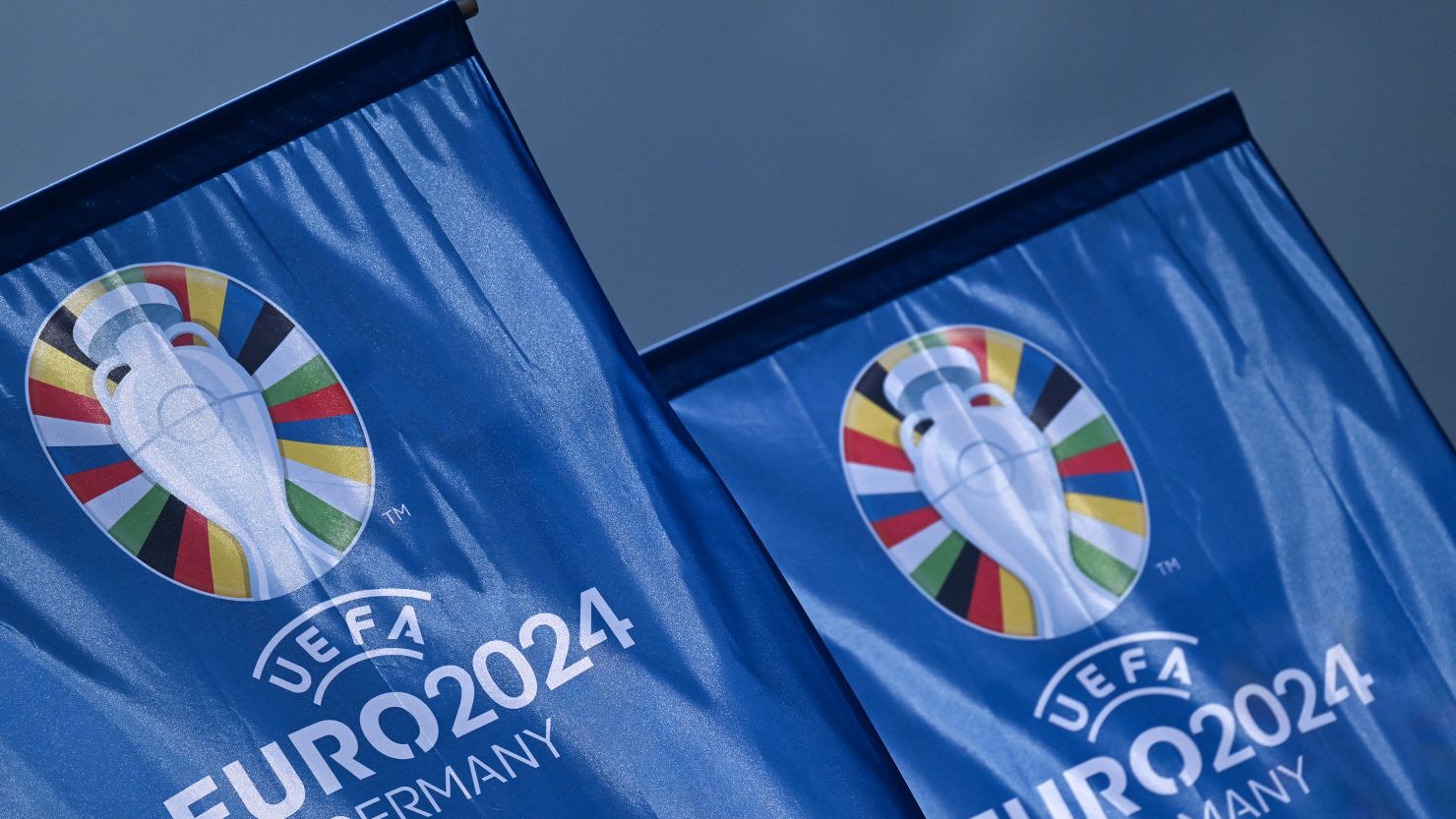The Belgian flag, with its striking black, yellow, and red vertical stripes, stands as a proud emblem of the country’s national identity. Steeped in history, the flag reflects Belgium’s complex cultural and political landscape, symbolizing its unity as a nation despite the linguistic and regional differences that have shaped its modern form. Understanding the origins, Belgium Flag design, and significance of the Belgium flag helps illuminate the story of a small but important European nation whose history is intricately tied to its geographic neighbors and its internal diversity.
Historical Context: Birth of the Belgian Nation

The story of the Belgian flag is intertwined with the birth of Belgium as a sovereign nation. Belgium, as a distinct political entity, emerged relatively late compared to many of its European neighbors. For much of its history, the territory now known as Belgium was part of larger European powers. It was ruled by the Spanish, Austrians, and later the Dutch during the Belgium Flag period of the United Kingdom of the Netherlands.
The turning point came in 1830 when Belgium declared its independence from the Netherlands after the Belgian Revolution. The revolution was sparked by a range of political, religious, and cultural differences between the predominantly Catholic Belgians and their Protestant Dutch rulers. The decision to revolt was also influenced by the broader wave of revolutions sweeping across Europe in the early 19th century, as many nations sought independence or reform from imperial rule.
As the people of Belgium fought for their independence, the need for a unifying symbol became apparent. The tricolor flag of black, yellow, and red was adopted during this period as a symbol of national unity and defiance against Dutch rule. It was first flown in August 1830 in Brussels, the capital, as a symbol of the nascent revolution and later became the official national flag of Belgium when independence was recognized in 1831.
Design and Symbolism of the Flag
The Belgian flag consists of three equal vertical stripes: black on the hoist side (left), followed by yellow and red. These colors are significant for their historical and symbolic associations.
- Black: This color is thought to represent strength and resilience. It is a reminder of the people’s endurance during times of hardship and their ability to stand strong in the face of oppression. Historically, black is also associated with the Brabant Revolution, an earlier independence movement in the late 18th century against Austrian rule. The region of Brabant, a key part of Belgian territory, played a central role in the Belgian Revolution.
- Yellow: Yellow symbolizes prosperity, wealth, and generosity. It also has religious connotations, reflecting Belgium’s Catholic heritage. Yellow stands as a reminder of the country’s hope and optimism for a prosperous future, particularly in the wake of its fight for independence.
- Red: The red stripe signifies courage, bravery, Belgium Flag and the blood shed by those who fought for the country’s freedom. Like black, red connects to the idea of sacrifice and the willingness of the Belgian people to fight for their independence and national integrity.
The color scheme is thought to have been inspired by the historical coat of arms of the Duchy of Brabant, which featured a golden lion on a black background. The Brabant lion became a powerful symbol of resistance during the 1830 Belgian Revolution, and it is from this heraldic symbol that the modern Belgian flag derives its colors.
Unlike many other European flags that feature horizontal stripes, the Belgian flag’s stripes are arranged vertically. Interestingly, the flag bears a resemblance to the German flag, which also has black, yellow, and red but in horizontal bands. The decision to use vertical stripes on the Belgian flag helps differentiate it from its German counterpart and gives the flag a distinctive appearance that reflects Belgium’s unique national character.
The Evolution of the Flag
While the Belgian flag as it exists today was formally adopted in 1831, its design has not been without debate and change. In the early years of Belgium’s independence, different versions of the flag were used, including variations in the arrangement of the colors and the positioning of the stripes. In the first version, the stripes were horizontal rather than vertical, aligning it more closely with the Dutch and French flags.
However, as the fledgling nation sought to assert its distinct identity on the international stage, the flag was standardized in 1831 to the current design, with vertical stripes. The exact proportions of the flag were later codified in law, specifying that the Belgium Flag height of the flag is 13 units, and the width is 15 units, giving it a slightly squarer shape compared to many other national flags.
The Flag in Modern Belgian Society
Today, the Belgian flag is a source of national pride, but it also reflects the country’s unique position as a multilingual, multicultural nation. Belgium is divided into three main regions: Flanders in the north, where Dutch is the dominant language; Wallonia in the south, where French is primarily spoken; and a small German-speaking community in the east. Additionally, Brussels, the capital, is officially bilingual, with both French and Dutch being spoken.
This regional and linguistic diversity is a key part of Belgian identity, and the flag represents the unity of these different communities under one national banner. While there are regional flags in Belgium—for example, the flag of Flanders with its black lion or the red rooster flag of Wallonia—the black, yellow, and red national flag serves as a unifying symbol that transcends these internal divisions.
The Belgian flag is flown on national holidays, such as Belgium’s National Day on July 21, which commemorates the inauguration of King Leopold I, the country’s first monarch, in 1831. It also appears during international events, such as sports Belgium Flag competitions like the FIFA World Cup or the Olympics, where the Belgian flag waves alongside those of other nations, a testament to Belgium’s sovereignty and its place in the global community.
Conclusion
The Belgian flag is more than just a piece of cloth with three colored stripes. It represents the long and often tumultuous journey of the Belgian people toward independence, unity, and national identity. From its origins in the 1830 revolution to its present-day role as a symbol of Belgium’s diverse and multicultural society, the flag encapsulates the resilience, courage, and unity of the Belgian nation.
In a world where national symbols often hold deep cultural and political significance, the Belgian flag stands out as a proud representation of a nation that has overcome external domination and internal division to create a distinct identity. Its black, yellow, and red stripes remind Belgians of their shared history and their ongoing commitment to the values of liberty, prosperity, and unity.


